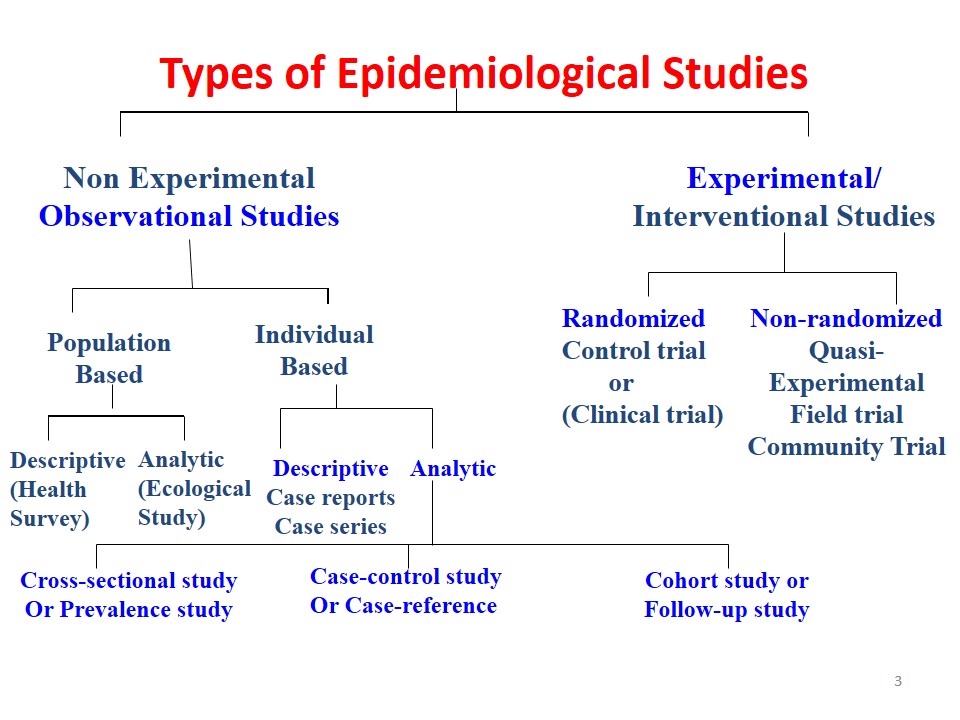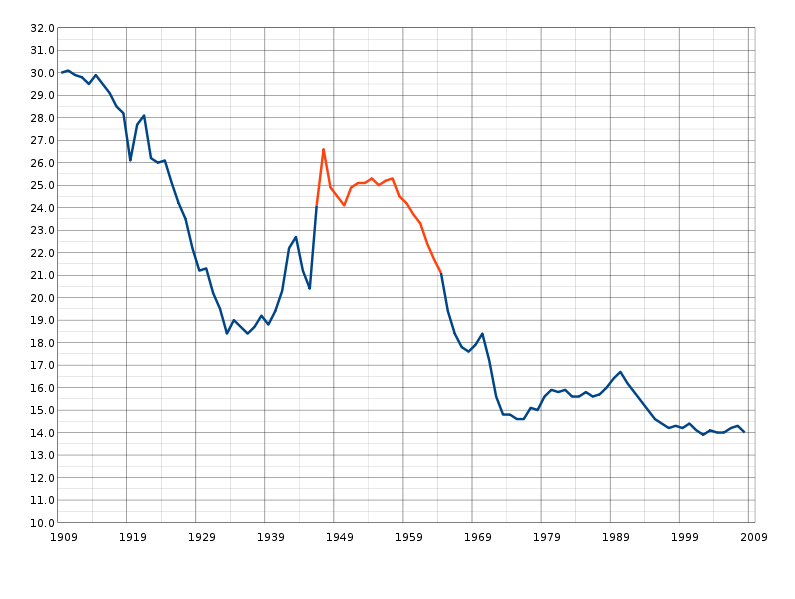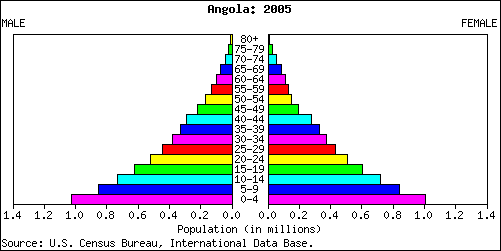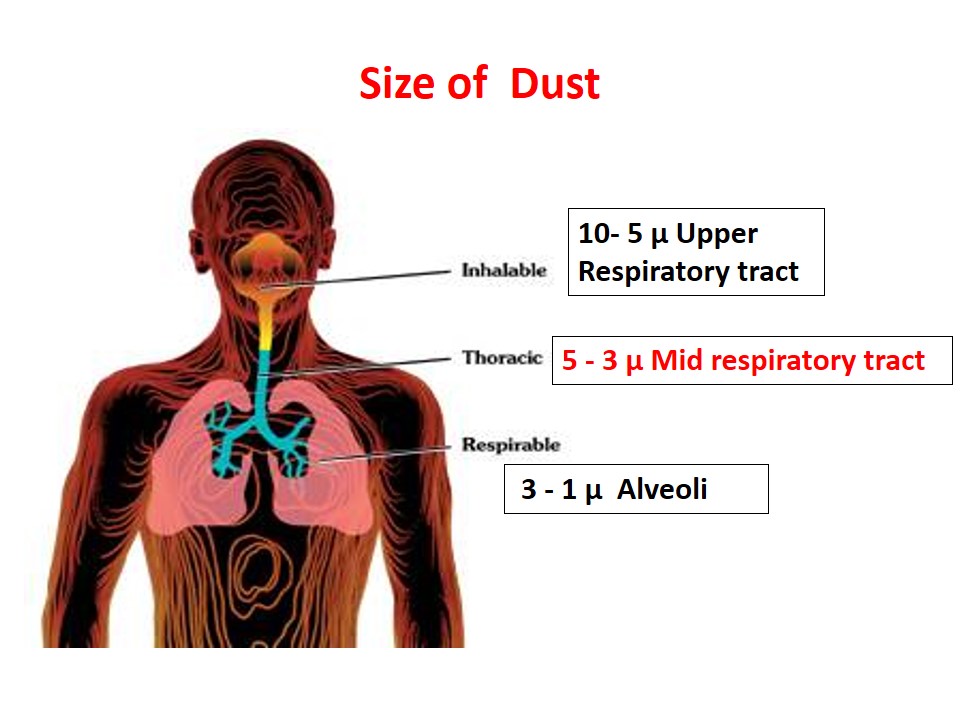The research designs may be roughly categorized as ‘Observational’ or ‘Experimental’. The experimental studies are done on variables whose control lies in the researcher’s hand. In an observational study, the researcher observes things as they happen. In experimental studies, the researcher observes the findings in different studies by manipulating independent variables and records the resultant variation in dependent variables.
Qualitative research explores attitudes, behavior and experiences through such methods as interviews or focus groups. It attempts to get an in depth opinion from the participants. As it is the attitude, behavior and experiences that are important, fewer people take part in the research, but the contact with these people tends to last a lot longer. Under the umbrella of qualitative research, there are different methodologies.
Quantitative research generates statistics through the use of large scale survey research, using methods such as questionnaires or structured interviews. If a marker researcher has stopped you on the streets, or you have filled in a questionnaire which has arrived through post, this falls under the umbrella of quantitative research. This type of research reaches many more people, but the contact with those people is much quicker than it is in qualitative research.
Types of Studies
When we set out to test a hypothesis, there are several types of studies that we can choose from. These studies fall into two main categories:
1. Experimental
2. Observational
In experimental studies the exposure status is assigned while in the observational studies exposure status is not assigned.
Observational studies are one type of epidemiological studies. They include analytical studies and descriptive studies.
Analytical Studies include:
• Cross Sectional Studies
• Cohort Studies
• Case Control Studies
Descriptive Studies encompass:
• Case report
• Case series
Remember that descriptive epidemiology deals with the questions: Who, What, When, and Where, while analytic epidemiology deals with the remaining questions: Why and How.
Descriptive epidemiology describes the occurrence of disease in a population. Epidemiologists use analytic methods to help identify the cause of disease. The results of descriptive epidemiology may present some questions as how or why disease is occurring in certain population groups. Identifying the cause of disease in groups typically involves designing a study to test the hypotheses that were developed using descriptive epidemiology.
Choosing a Study Design
The first step in any study is to define the objective. Next the study design is tailored to achieve the desired objective. The choice between an observational and experimental study is generally straightforward. The experimental studies, when possible, are always a better choice. However, most studies are not experimental. Out of the observational studies, cohort studies are the best choice. Regarding the observational studies, one needs to keep in mind the large number of possible biases that may easily lead to false results.
All scientific studies are done on a limited sample size with a view to extrapolate the results to the population at large. Therefore, both the choice as well as the size of the sample is important.
The sample must be representative of the population.
Confounding variables should be taken care of. The sample size must be adequate.
The importance of confounding variables can be understood in the study of increased infant mortality due to genetic causes amongst the off springs of consanguineous couples. The cousin marriage poses a higher genetic risk for the offspring. Such effects may be exaggerated if one fails to take into account the confounding variables like poverty and illiteracy. The later two factors are an important cause of increased infant mortality and at the same time consanguineous marriage is also more common amongst the illiterate and the poor section of the population. Failure to cater for the confounding variables can lead to biased results.
Adequate sample size is another important factor in a scientific study. Too small or at times too large a sample size is undesirable. As a general rule, the sample size of the sample is inversely proportional to the expected frequency of the variable under study. Higher the expected frequency, smaller would be the size of the sample required and vice versa. Additional information regarding the level of confidence and accuracy required are also used in calculation of the sample size. Good computer packages are available that can be used to calculate the adequate sample size.
Selection of Study Design
 howMed Know Yourself
howMed Know Yourself





